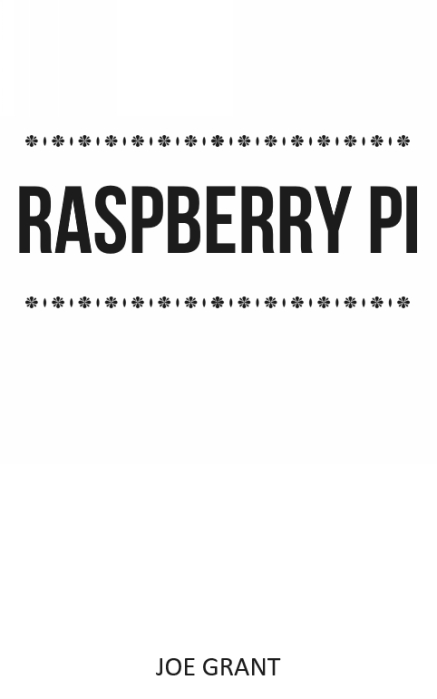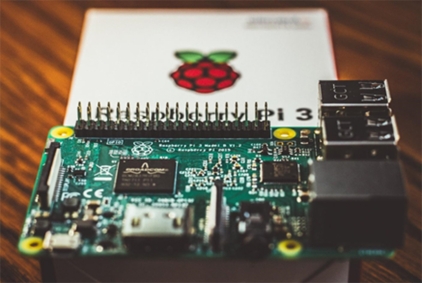Copyright 2020 - All rights reserved.
The content contained within this book may not be reproduced, duplicated or transmitted without direct written permission from the author or the publisher.
Under no circumstances will any blame or legal responsibility be held against the publisher, or author, for any damages, reparation, or monetary loss due to the information contained within this book, either directly or indirectly.
Legal Notice:
This book is copyright protected. It is only for personal use. You cannot amend, distribute, sell, use, quote or paraphrase any part, or the content within this book, without the consent of the author or publisher.
Disclaimer Notice:
Please note the information contained within this document is for educational and entertainment purposes only. All effort has been executed to present accurate, up to date, reliable, complete information. No warranties of any kind are declared or implied. Readers acknowledge that the author is not engaging in the rendering of legal, financial, medical or professional advice. The content within this book has been derived from various sources. Please consult a licensed professional before attempting any techniques outlined in this book.
By reading this document, the reader agrees that under no circumstances is the author responsible for any losses, direct or indirect, that are incurred as a result of the use of information contained within this document, including, but not limited to, errors, omissions, or inaccuracies.
Table of Contents
A Comprehensive Beginners Guide to Setup,
Programming (Concepts and Techniques)
and Developing Cool Raspberry Pi Projects
Complete Tips and Tricks to Raspberry Pi
Setup and Project Development
Raspberry Pi
A Comprehensive Beginners Guide
to Setup, Programming (Concepts and Techniques) and Developing Cool
Raspberry Pi Projects
JOE GRANT
Introduction
Congratulations on purchasing your very own copy of Raspberry Pi: A Comprehensive Beginners Guide to Setup, Programming (Concepts and Techniques) and Developing Cool Raspberry Pi Projects . The purpose of this book is to reveal a fun, easy way to learn programming while creating entertaining projects.
Learning how to program and working with tech can be tedious at times, and that is why many students give up in the middle of the process. This book explores this issue and offers a credit card-sized computer as the answer. The Raspberry Pi is a small, easy to use computer that can be utilized to create anything from a simple security camera to a professional home security system. Having a cool project as your focus will push you to learn how to program, because programming on its own feels sterile. Having something to look forward to will drive your thirst for knowledge.
The main objective of Raspberry Pi: A Comprehensive Beginners Guide is to teach you everything about Raspberry Pi, the basics of working with the Linux operating system, and to guide you through learning how to program with Python. Do not allow yourself to be overwhelmed by so much information, as you will take it in step by step. The book is meant for a beginner. There will be some exercises and examples included to help you solidify your basic knowledge of programming and at the end of the book, well take a look at some of the cool projects we can make with the Pi.
Get the most out of the information you are about to absorb by putting it into practice as soon as possible. Knowledge requires implemntation in order to be truly useful, and that is even more valid when it comes to programming. It might not be easy at first, but each chapter will carefully guide you and teach you everything you need to know in order to get started with your very own Raspberry Pi.
Chapter 1
Setup
Youve got your hands on a Raspberry Pi computer - but do you know where to start? Do you know anything about the device? Are you familiar with its operating system? Do you have programming skills in any language, or specifically in Python? Are you perhaps an occasional tech user who became curious about computers and programming? No matter the case, this chapters purpose is to get you started on the right path. Even if you are familiar with the Raspberry Pi and already know how to set it up, you might want to refresh your knowledge.
The Raspberry Pi has existed for several years already, but many people arent aware of it because they grew so accustomed to relying on Windows or MAC based personal computers. Even some programmers and software developers are shocked to find out that they couldve started out on a computer that is cheaper than a night out. However, this doesnt mean that its not popular. With every year, more and younger would-be programmers start out practicing on such a device. It is affordable and easy to work with. So if youre still thinking about purchasing a Raspberry Pi, start browsing for one. It is the ideal computer for learning programming, and there are so many cool projects you can create with it. Plus, you already got your hands on this book, so how else will you complete the projects in the last chapter if you dont have your own Pi?
Lets start exploring the Raspberry Pi and learn how to perform a proper setup. In this chapter, you will learn more about this type of computer and its components, and you will learn how to put it together. Dont be alarmed - you dont need expert tech skills to set it up.
Explore the Raspberry Pi
You must be very excited to get started, but you shouldnt rush into things. Its important to first understand the device and its components. First you need to know that there are three main board types and several computer models. If you already bought yours, you should check out the model and then continue reading.
The Pi comes in three flavors: Model A, Model B, and Model Zero. They share a few components and each of them can suit a different purpose, depending on your project. Lets take a look at some of the specs to be able to tell them apart and decide on which project to use them for.
Raspberry Pi Model A+
As we mentioned, the first computer model is model A, or model A+ to be more specific. Model A has been discontinued and A+ took on its role. This revision of the original is smaller, uses 32 bit architecture, and comes with a single core processor, a Broadcom BCM2835 System on a Chip and 512 MB of RAM. The graphics from this model are present on every other model as well. Other notable features are the single USB port, a camera serial interface connector, an HDMI port, video-audio input ports for LCD screens, and a micro SD card slot. The A+ also comes with a 40 pin array which can be used to connect a variety of electronics, depending on your project.












